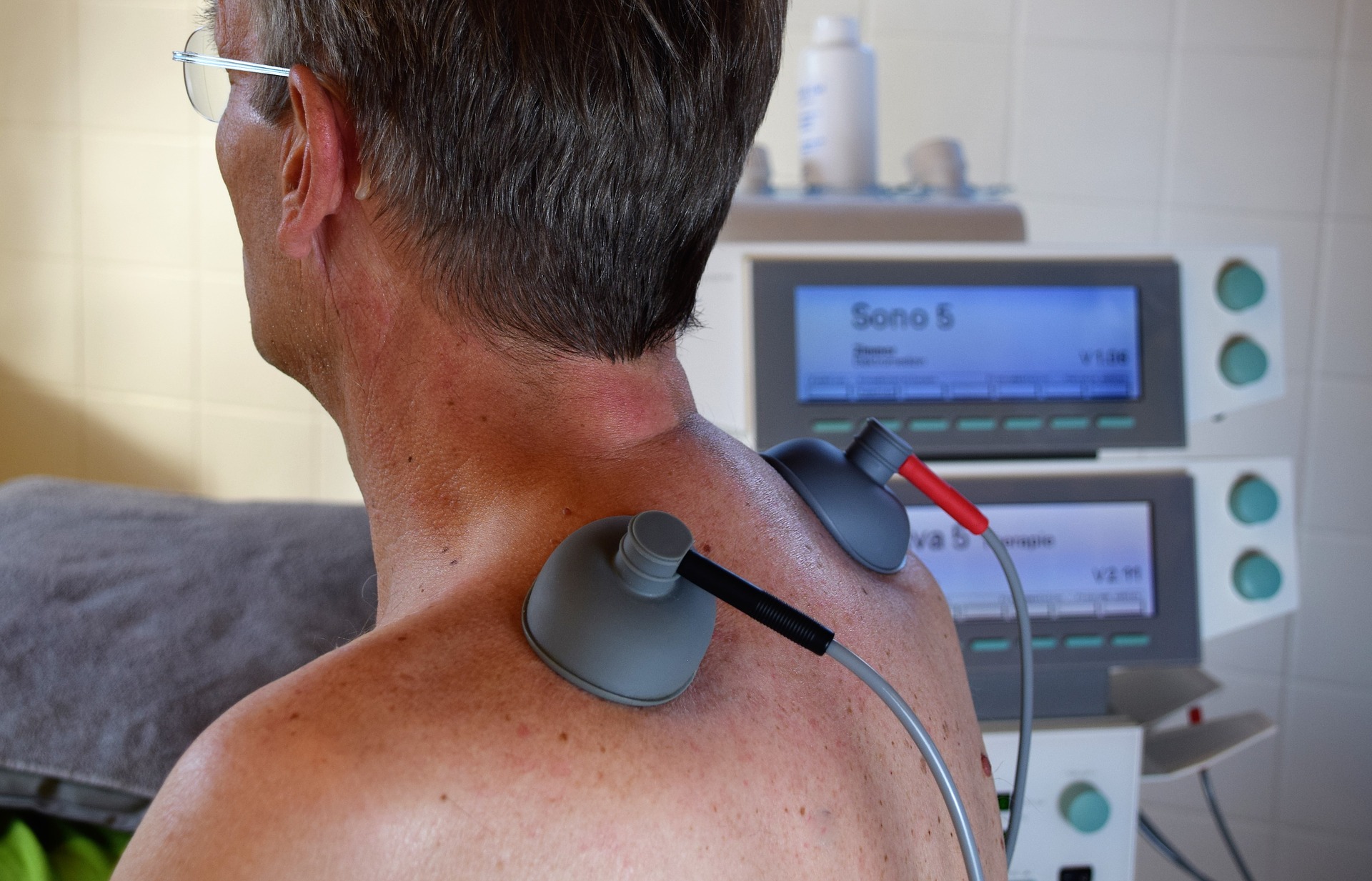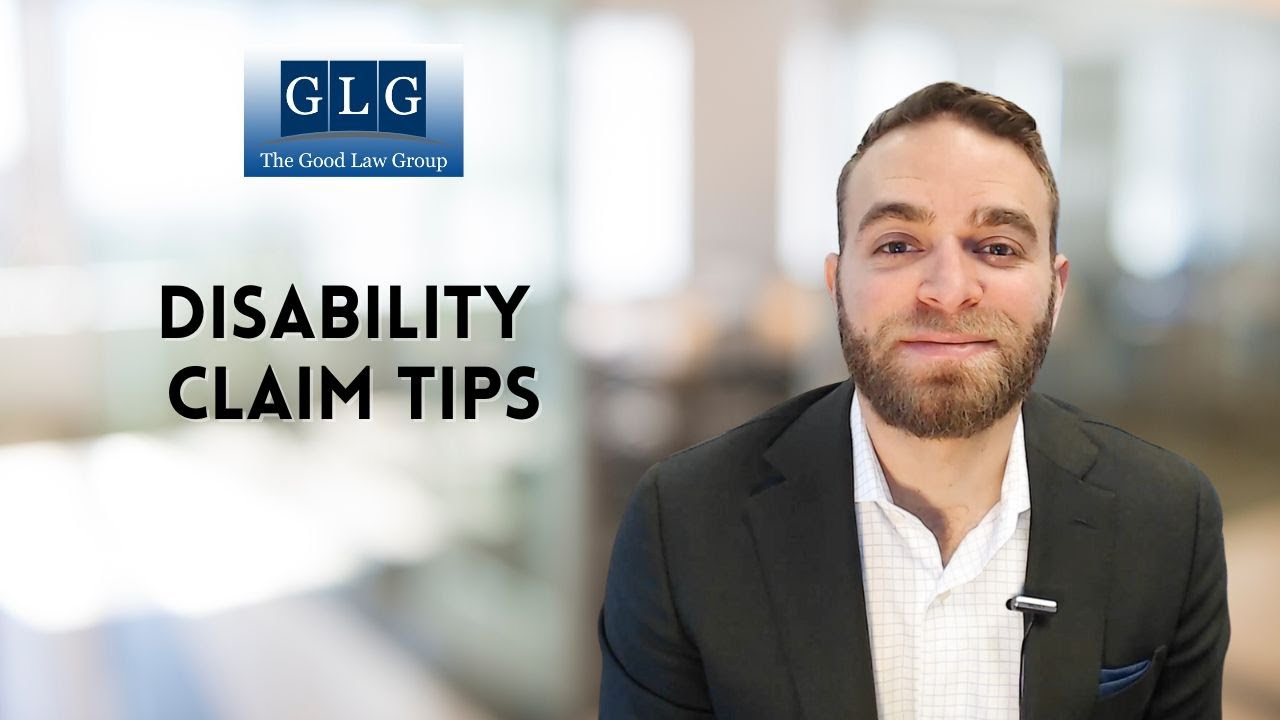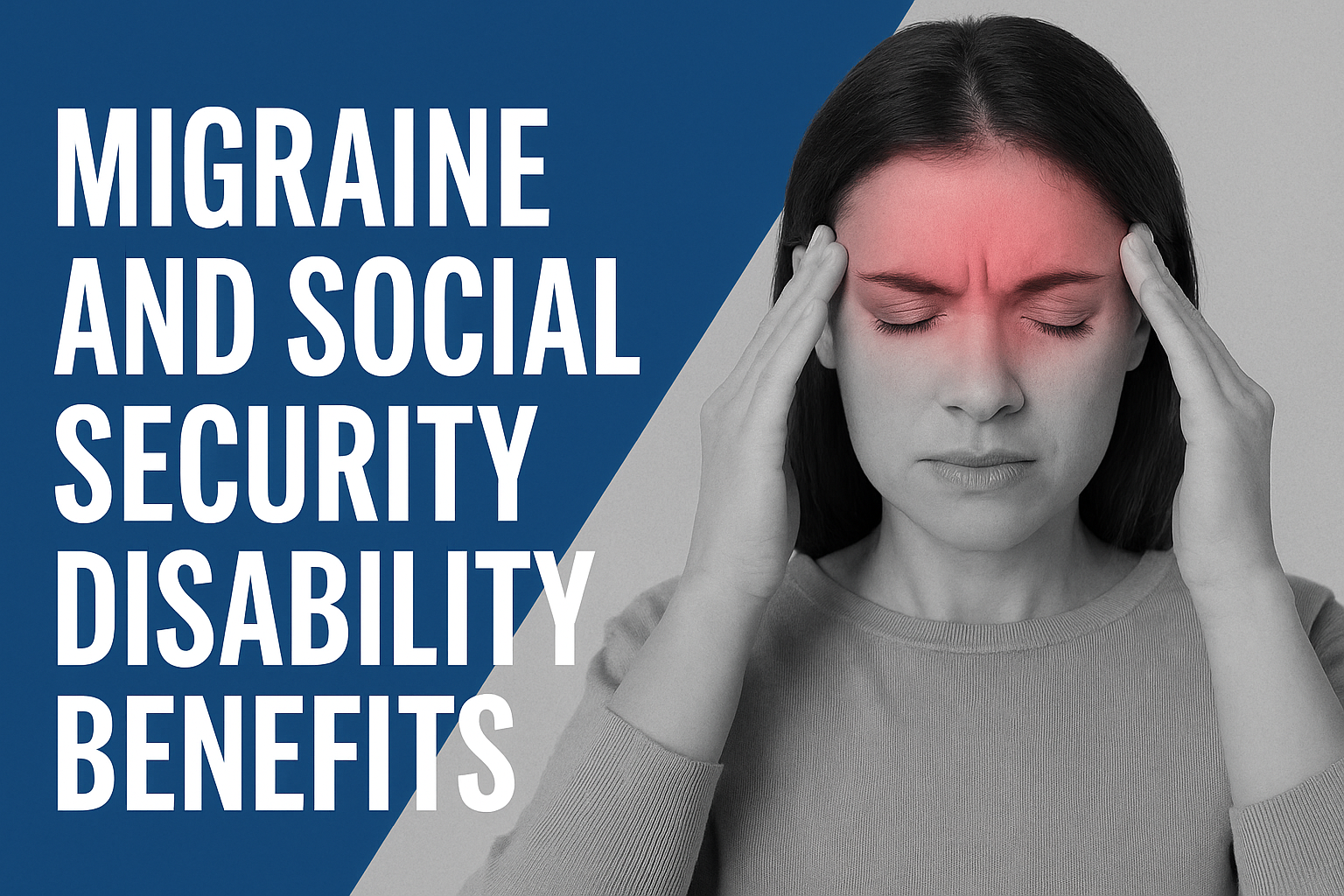If you suffer from back pain or a back injury, you may be entitled to Social Security Disability (SSD) benefits. Back injuries and SSD benefits can be a difficult process – many people experience back pain, but do not have an underlying medical diagnosis to support their claim for disability.
Most people experience back pain, at least to a mild degree, at some point in their lives. Many are able to work despite the pain, using chiropractic or other alternative treatments, over the counter medications, exercise, alternative seating or other methods that make the pain tolerable. Others may experience debilitating pain that lasts for a few days, but after rest and treatment, are able to resume their normal activities.
But that doesn’t mean that winning your SSD case is impossible. There are two ways to qualify for SSD benefits with a back injury:
1. Prove you have a spinal disorder, as described in the Social Security Administration’s
2. Prove that your back pain is equal in severity to a disabling condition, and that your (SSA’s) list of disabling conditions, or symptoms limit your residual functional capacity, (i.e., what you are able to do despite your disability). This is known as a medical vocational allowance.
Disorders of the Spine
Disorders of the spine is one of the more than 100 disabling conditions listed in the SSA’s “blue book”. Disorders of the spine include, but are not limited to:
- Herniated nucleus pulposus;
- Spinal arachnoiditis;
- Spinal stenosis;sa
- Osteoarthrisis;
- Degenerative disc disease;
- Facet arthritis, and;
- Vertebral fracture.
In order to be considered a disability, the disorder must compromise a nerve root and/or the spinal cord itself. The diagnosis must be supported by other signs and symptoms, such as a limitation in spinal movement, loss of motor ability or an inability to effectively ambulate (i.e., the inability to walk for long distances and/or the inability to walk without the use of a cane or other walking device). These signs and symptoms must be proven through appropriate medical imaging, which may include (but are not limited to):
Medical notes that detail any limitations in movement;
- X-Rays;
- Tissue biopsy;
- CAT scans, or;
- MRI
Detailed treatment notes can be extremely helpful in proving that the back injury negatively impacts your ability to work. Because back pain is subjective, the disability examiner will have to look at all of the medical evidence to determine whether the applicant’s claim is supported by changes in his movement. The disability examiner will look to the medical notes for information regarding the following:
- Evidence of changes in gait;
- Range of motion of the spine;
- Signs of tension in movement;
- Patient’s ability (or inability) to walk on heels or toes, to squat, or rise from a squat, and;
- Measurements of limb circumference (for claims of muscle atrophy).
All of this information will help show that your back injury has a negative impact on your ability to work.
Medical Vocational Allowance
If your back injury does not meet the requirements for a disabling condition (and most back injuries do not), you may still be able to qualify for SSD benefits if you can prove that your condition prevents you from returning to either your current job or another suitable job based on your education, age and experience.
If you don’t have an underlying medical condition to support your pain, providing detailed information regarding the nature and location of the pain, the duration, and its impact on your daily life and ability to work is even more important. You should also make sure to include any treatment you are undergoing to alleviate your pain, such as a list of prescribed or over-the- counter medications you are taking (or have taken), including dose and frequency, along with any modifications you have made, such as lying down more or less frequently or using an exercise ball for seated activities, to help you function and alleviate your pain.
If you experience back pain, make sure to routinely visit a doctor or chiropractor, or other medical professional. Receiving regular care from a doctor gives your claim more credibility, as it shows that your pain is severe enough to cause you to seek treatment, and that you are actively seeking treatment to alleviate that pain.
Are you applying for SSD benefits? Consider The Good Law Group for your representation. Call #(847) 577-4476 or complete this online evaluation form.









